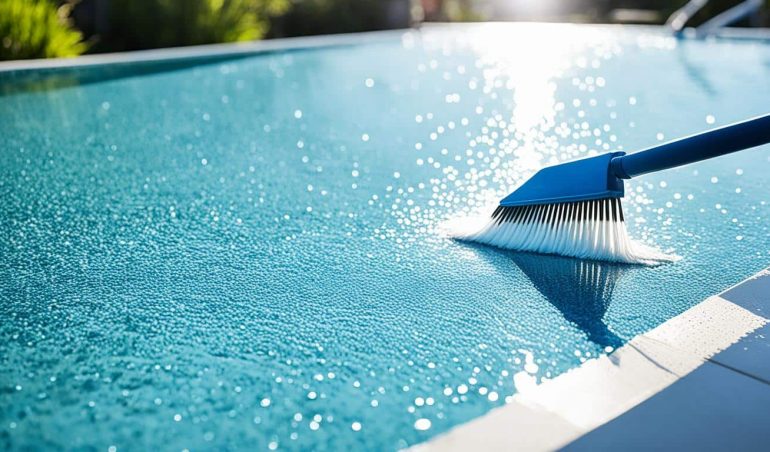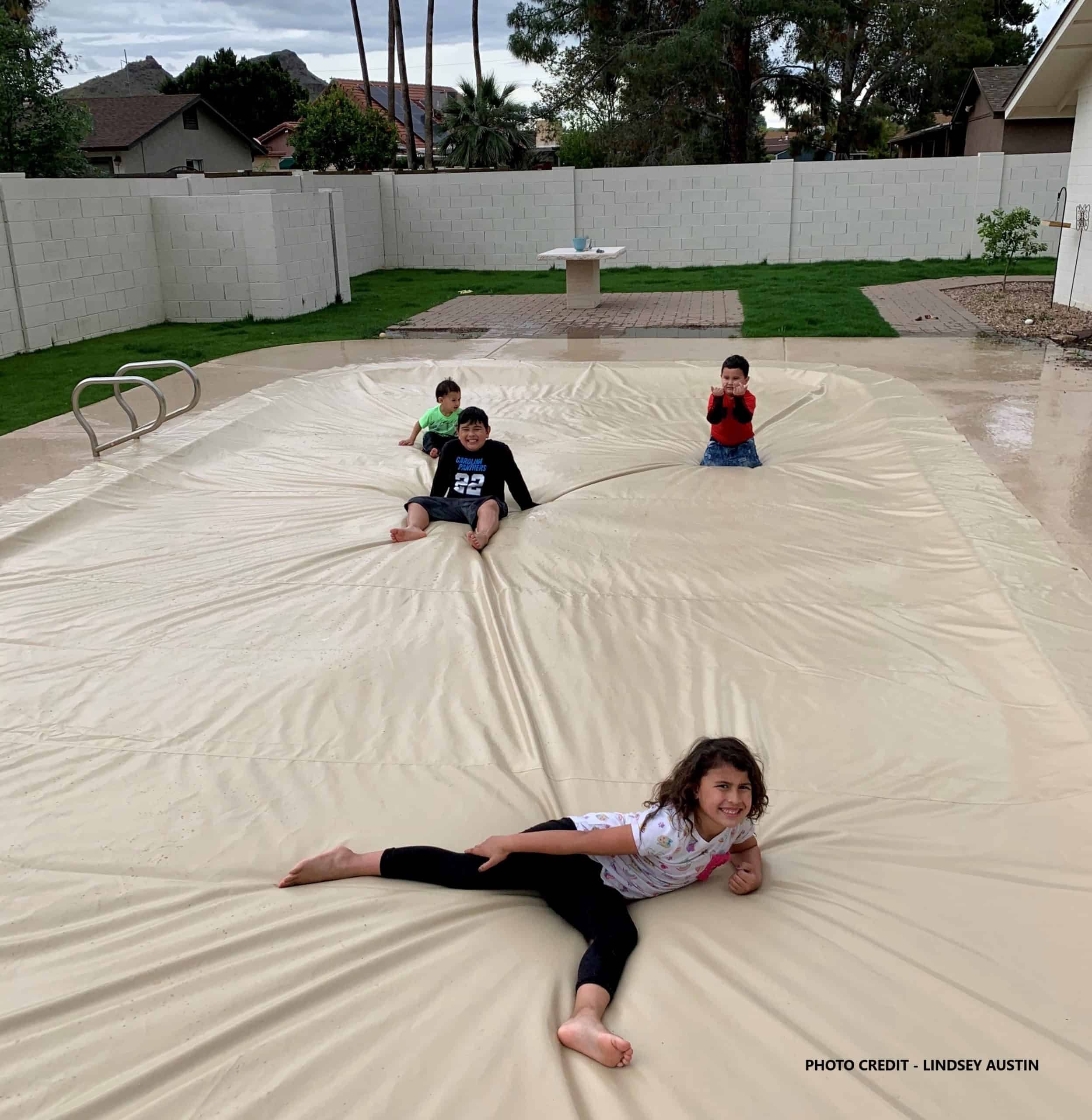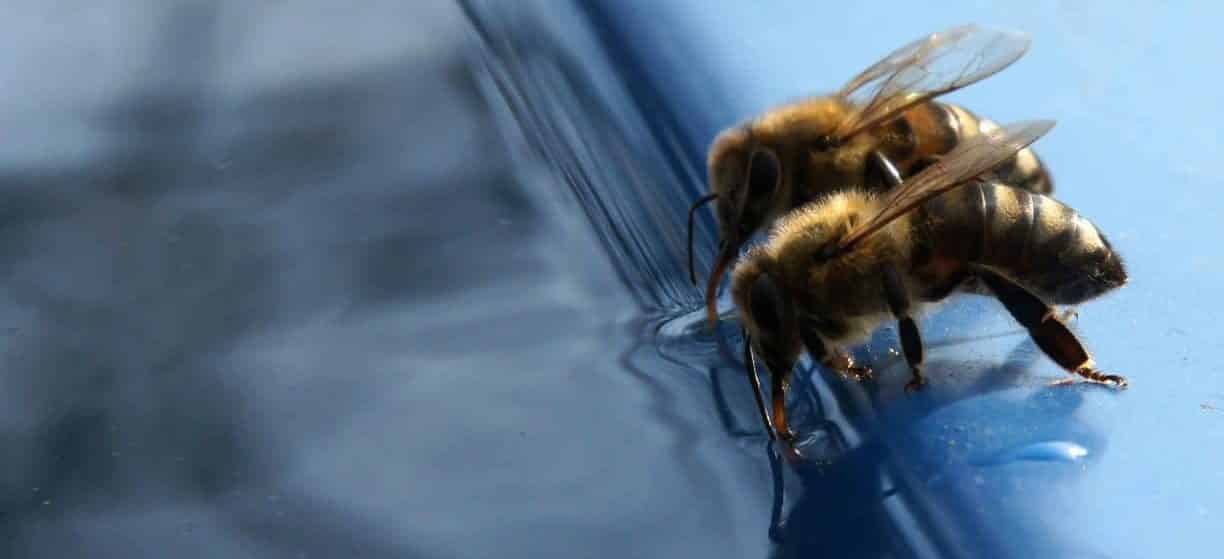As a pool owner, you understand the importance of maintaining and prolonging the lifespan of your pool cover. Proper care and regular maintenance can help ensure that your pool cover remains in optimal condition, providing you with its many benefits for years to come. But did you know that there are specific strategies and techniques you can employ to extend the life of your pool cover even further?
In this section, we will delve into essential tips and tricks for caring for your pool cover and maximizing its longevity. From maintenance rituals to cleaning strategies, you’ll learn everything you need to know to keep your pool cover in top shape. So, are you ready to uncover the secrets to prolonging your pool cover’s lifespan?
Key Takeaways:
- Regular care and maintenance can extend the life of your pool cover.
- There are specific strategies and techniques for maximizing pool cover longevity.
- Understanding the importance of proper cleaning and debris removal.
- Regular inspections help identify potential issues early on.
- Yearly maintenance rituals are essential for preserving pool cover condition.
Understanding Different Types of Pool Covers
When it comes to pool covers, there are several different types available, each with its own unique features and benefits. By understanding the different types of pool covers, you can make an informed decision about which one is best suited for your needs. In this section, we will provide an overview of common types of pool covers, including solar covers, mesh covers, solid covers, and automatic covers.
1. Solar Pool Covers:
Solar pool covers, also known as solar blankets or solar rings, are designed to harness the power of the sun to heat your pool and retain heat overnight. They are made of a special material that captures solar energy and transfers it to the water, helping to maintain a comfortable swimming temperature. Solar pool covers also help reduce evaporation and chemical loss, saving you money on water and chemical expenses.
2. Mesh Pool Covers:
Mesh pool covers are made of a lightweight, durable mesh fabric that allows water and debris to pass through while providing a protective barrier. These covers are ideal for areas with high leaf fall or heavy rain, as they prevent debris from entering the pool while allowing rainwater to drain through. Mesh covers are also designed to withstand harsh weather conditions and offer excellent safety benefits by preventing accidental falls into the pool.
3. Solid Pool Covers:
Solid pool covers are made of a solid vinyl or PVC material that completely blocks sunlight, water, and debris from entering the pool. These covers provide excellent protection against leaves, dirt, and other contaminants, helping to keep your pool clean and reducing maintenance efforts. Solid covers also prevent water evaporation and reduce chemical loss, making them an energy-efficient option for pool owners.
4. Automatic Pool Covers:
Automatic pool covers are a convenient and efficient option for pool owners. These covers are motorized and can be opened or closed with the push of a button, providing ease of use and saving time and effort. Automatic covers offer excellent safety features by creating a sturdy barrier over the pool, preventing unauthorized access and ensuring the safety of children and pets. They also provide protection against debris and help retain heat and chemicals, reducing operating costs.
| Type of Pool Cover | Features | Benefits |
|---|---|---|
| Solar Pool Covers | Captures solar energy, retains heat, reduces evaporation and chemical loss | Energy-efficient, cost-saving, maintains comfortable water temperature |
| Mesh Pool Covers | Allows water and debris to pass through, prevents accidental falls | Prevents debris entry, drains rainwater, enhances safety |
| Solid Pool Covers | Blocks sunlight, water, and debris, reduces water evaporation and chemical loss | Keeps pool clean, reduces maintenance efforts, energy-efficient |
| Automatic Pool Covers | Motorized, easy to open and close, creates a safety barrier | Convenient, time-saving, enhances safety, reduces operating costs |
How can I make my pool cover last longer?
Maintaining a pool cover requires regular care and attention. By incorporating simple maintenance practices into your routine, you can effectively prolong the life of your pool cover. Here are some valuable tips and strategies to help you make your pool cover last longer:
- Proper installation: Ensure that your pool cover is installed correctly, following the manufacturer’s instructions. A properly installed cover will provide better protection and minimize the risk of damage.
- Regular cleaning: Clean your pool cover regularly to remove dirt, debris, and algae. Use a pool cover cleaner or a mild detergent and a soft brush to gently scrub the surface. Rinse thoroughly with clean water.
- Preventive measures: Take preventive measures to protect your pool cover from wear and tear. Trim nearby trees or plants to prevent leaves and branches from falling onto the cover. Additionally, consider using a cover protector or cover pump to prevent water accumulation and excess weight.
- Proper storage: When not in use, store your pool cover properly. Clean and dry the cover before folding and storing it in a dry, well-ventilated area. Avoid storing it in direct sunlight, as prolonged exposure to the sun’s UV rays can cause damage.
- Regular inspection: Inspect your pool cover regularly for any signs of damage or wear. Look for tears, holes, or weak spots that may require repair or replacement. Addressing issues early on can prevent further damage.
By following these tips and incorporating them into your pool cover maintenance routine, you can maximize the lifespan of your pool cover and enjoy its benefits for years to come.
Cleaning and Debris Removal Strategies
Regular cleaning and debris removal are essential aspects of pool cover maintenance. By keeping your pool cover clean and free from debris, you can prevent damage and ensure its longevity.
When it comes to pool cover cleaning, different types of covers require specific techniques. Let’s explore the recommended cleaning strategies for various pool cover types:
- Solar Covers: Solar pool covers are typically made of a thin, lightweight material. To clean a solar cover, remove it from the pool and lay it out on a flat surface. Use a gentle brush or a soft cloth to remove any dirt or grime. Rinse the cover with water and allow it to dry before putting it back on the pool.
- Mesh Covers: Mesh pool covers have a porous surface that allows water to pass through while trapping debris. To clean a mesh cover, it is recommended to use a leaf blower or a pool cover pump to remove loose debris. For stubborn stains, a mild detergent and a soft brush can be used. Rinse the cover thoroughly and let it air dry.
- Solid Covers: Solid pool covers provide maximum protection against debris, but they require regular cleaning to prevent the accumulation of dirt and leaves. To clean a solid cover, use a pool cover pump or a broom to remove standing water and larger debris. Then, use a mild soap solution and a soft brush to scrub the cover’s surface. Rinse the cover thoroughly and allow it to dry before storage.
- Automatic Covers: Automatic pool covers require professional maintenance and cleaning. It is best to contact the manufacturer or a certified technician for proper cleaning instructions and service recommendations.
Apart from regular cleaning, it is important to remove leaves, twigs, and other debris from the surface of the pool cover. This can be done using a pool skimmer or a leaf net. By maintaining a clean pool cover, you not only enhance its appearance but also extend its lifespan.
Now that you have learned about the cleaning and debris removal strategies for different types of pool covers, you can effectively maintain a clean and well-maintained pool cover for years to come.
Inspecting Pool Covers for Potential Issues
Regular inspections are crucial for maintaining the integrity and functionality of your pool cover. By conducting routine inspections, you can identify potential issues or damages early on and take prompt action to prevent further damage. Keep an eye out for the following signs of pool cover damage:
- Fading or discoloration of the cover material
- Tears, rips, or holes
- Worn-out or frayed edges
- Loose or missing straps
- Water accumulation on the cover
During the inspection, carefully examine the entire surface of the pool cover, paying attention to the seams, stitching, and any areas of vulnerability. If you notice any signs of damage or wear, take prompt action to address the issue. Depending on the severity of the damage, you may need to repair the cover or consider replacing it.
It is also essential to inspect the pool cover’s hardware, such as the anchors, springs, and pulleys. Ensure that they are properly secured and functioning correctly. If you encounter any issues with the hardware, consult a professional pool cover technician for assistance.
To help you understand what to look for during your pool cover inspection, refer to the image below:
| Signs of Pool Cover Damage | Action |
|---|---|
| Fading or discoloration of the cover material | Monitor for further deterioration; consider replacement if significant |
| Tears, rips, or holes | Repair using appropriate patching kit or consult a professional |
| Worn-out or frayed edges | Trim and reinforce edges to prevent further fraying |
| Loose or missing straps | Tighten or replace straps as necessary |
| Water accumulation on the cover | Remove excess water using a pump or cover pump |
Yearly Maintenance Rituals to Preserve Pool Cover Condition
Yearly maintenance rituals are essential for preserving the condition of your pool cover. By following a regular maintenance schedule, you can protect your pool cover during the offseason and ensure its performance in the coming year.
To maintain your pool cover, it is crucial to store it properly and perform winterization techniques. When the swimming season is over, carefully remove the pool cover and clean it using the recommended cleaning techniques outlined in Section 4. Thoroughly dry the cover before storing it to prevent mold and mildew growth.
Pool cover storage is an integral part of annual maintenance. Find a clean, dry area to store your pool cover, away from any sharp objects or potential hazards. Folding the cover neatly can help prevent wrinkles and damage. It is advisable to store the cover in a storage bag or container designed specifically for pool covers to protect it from dust and debris.
Winterization plays a crucial role in protecting your pool cover from the harsh winter conditions. Before closing your pool for the winter, ensure the cover is properly secured and tightly fastened to prevent wind and debris from causing damage. This will also prevent water and snow accumulation, reducing the risk of sagging or stretching.
In addition to proper storage and winterization, conducting regular inspections and maintenance during the offseason is important. Perform visual inspections for signs of damage, such as tears or worn-out areas, and address any issues promptly to prevent further damage.
By following these yearly maintenance rituals, you can prolong the lifespan of your pool cover and ensure its optimal performance season after season.
Conclusion
In conclusion, taking care of your pool cover is essential for maintaining its lifespan and ensuring optimal performance. By following these pool cover care tips and implementing maintenance strategies, your pool cover will continue to provide protection, cleanliness, and safety for many years to come.
To maximize the lifespan of your pool cover, it is crucial to incorporate regular cleaning, inspection, and maintenance rituals into your routine. This includes removing debris, such as leaves and twigs, from the cover’s surface and ensuring proper installation and storage.
Remember, a well-maintained pool cover not only prolongs its lifespan but also saves you time and money in the long run. By investing a little effort in care and maintenance, you can enjoy the benefits of a durable and functional pool cover throughout the seasons.
FAQ
How often should I clean my pool cover?
It is recommended to clean your pool cover at least once a month, or more frequently if you notice a buildup of debris or dirt.
How do I clean a solar pool cover?
To clean a solar pool cover, you can use a soft brush or sponge, mild soap, and water. Gently scrub the surface of the cover and rinse thoroughly.
Can I use a power washer to clean my pool cover?
It is not recommended to use a power washer or high-pressure water to clean your pool cover, as it can cause damage to the material.
How should I store my pool cover during the offseason?
It is best to store your pool cover in a dry, clean area away from direct sunlight. Make sure the cover is folded or rolled up tightly to prevent any creases or damage.
What are some signs of pool cover damage?
Signs of pool cover damage include tears or rips in the material, loose or broken straps, and significant wear and tear.
How often should I inspect my pool cover?
It is recommended to inspect your pool cover at least once every few months. However, if you notice any signs of damage or issues, it is best to inspect it more frequently.
Can I repair a damaged pool cover myself?
Minor repairs, such as patching small tears or replacing broken straps, can often be done by the pool owner. However, for more significant damage, it is best to contact a professional pool cover repair service.
How can I prolong the lifespan of my automatic pool cover?
To prolong the lifespan of your automatic pool cover, make sure to follow the manufacturer’s recommended maintenance and cleaning instructions. Additionally, regularly inspect the cover for any signs of wear or damage.






